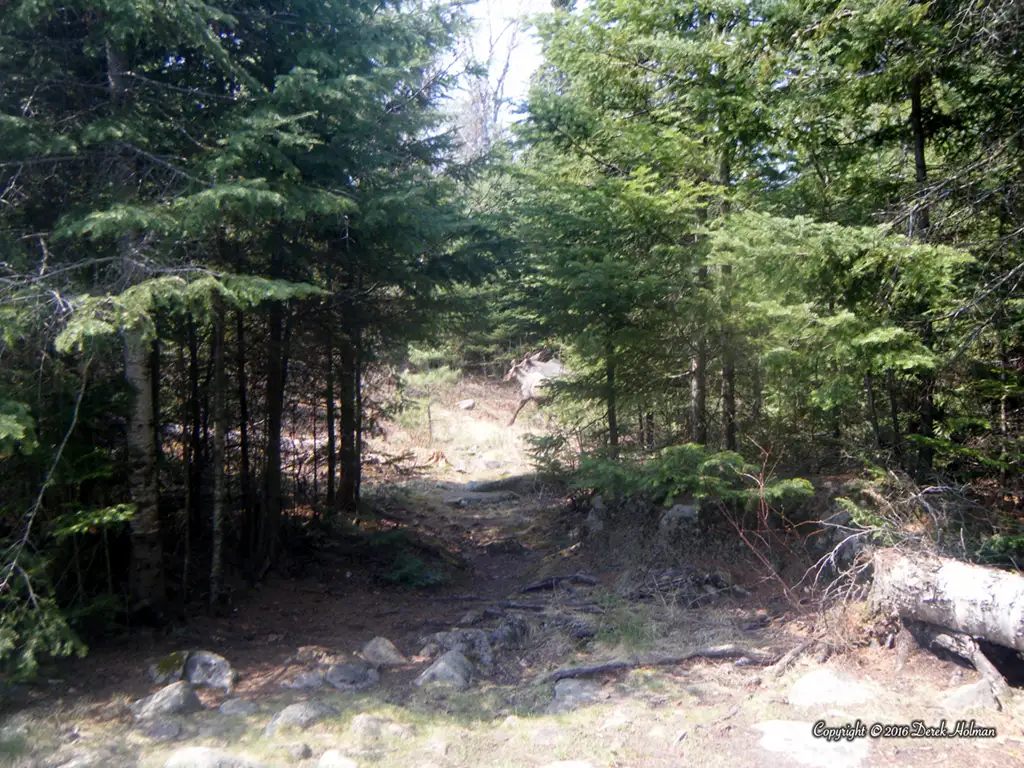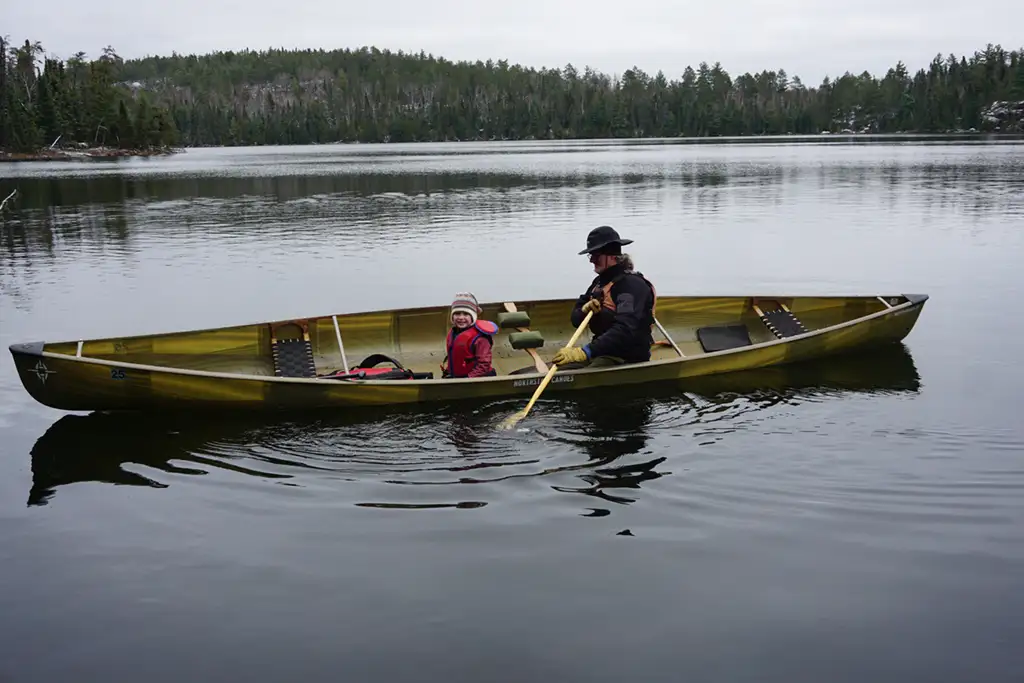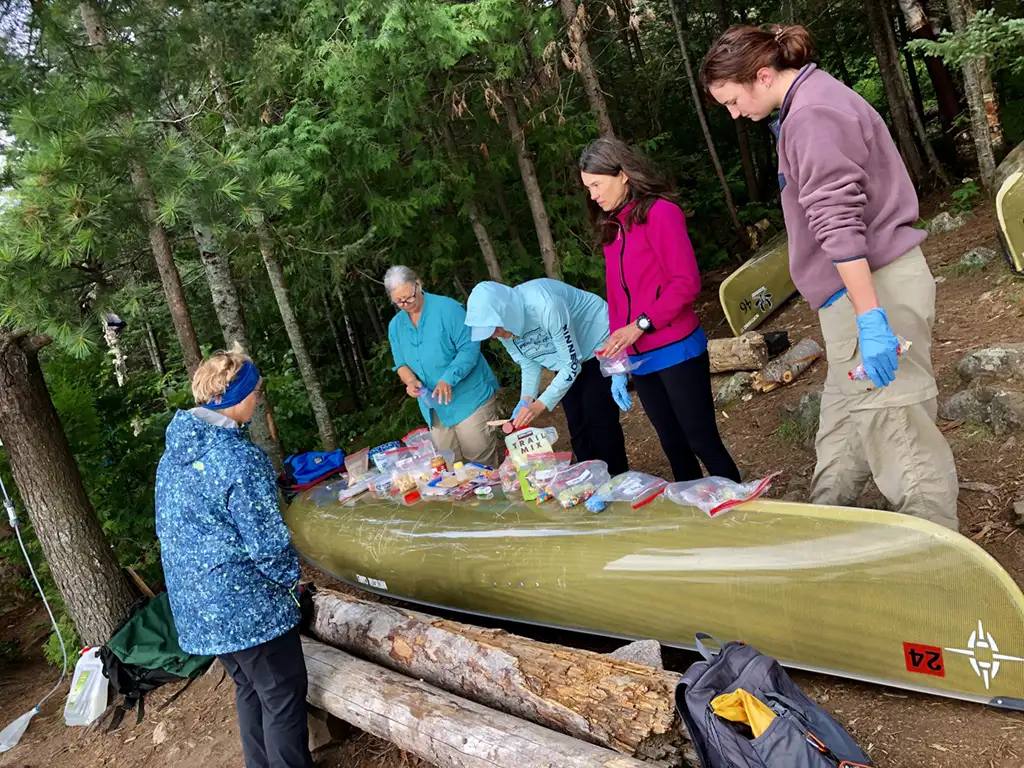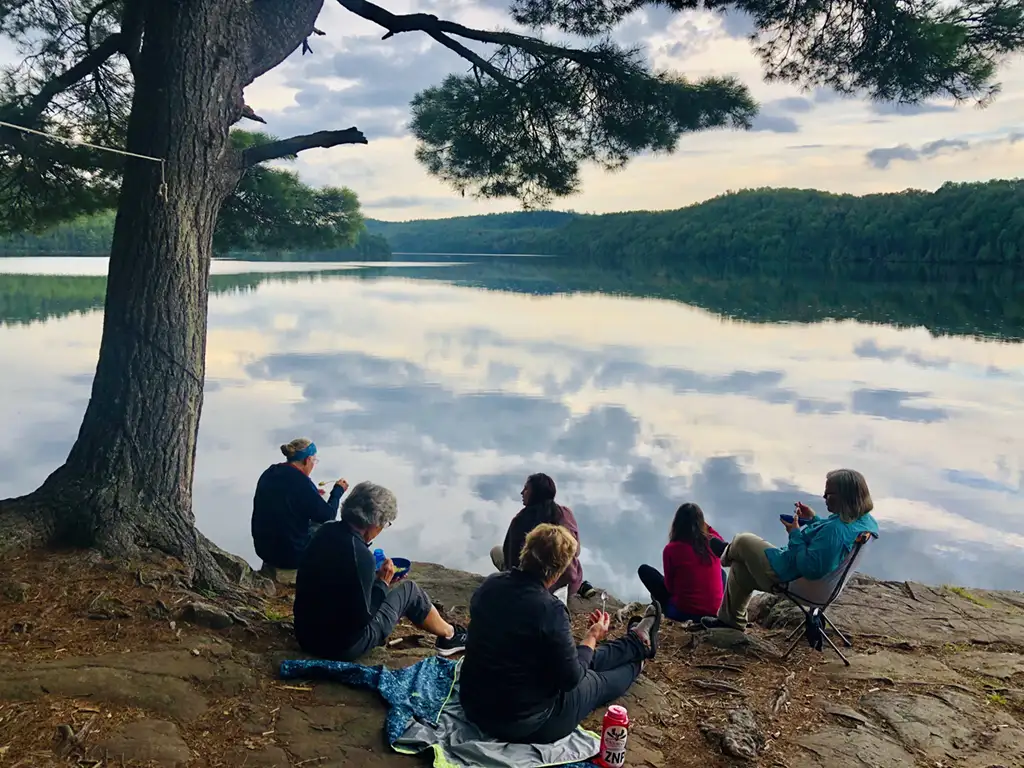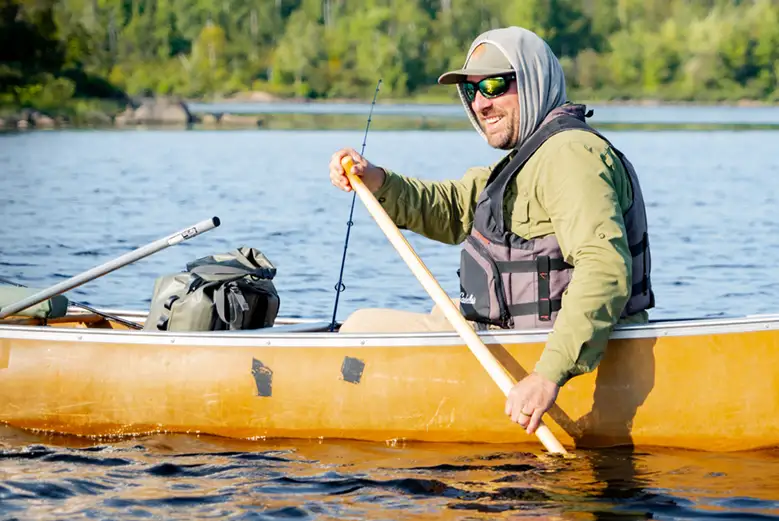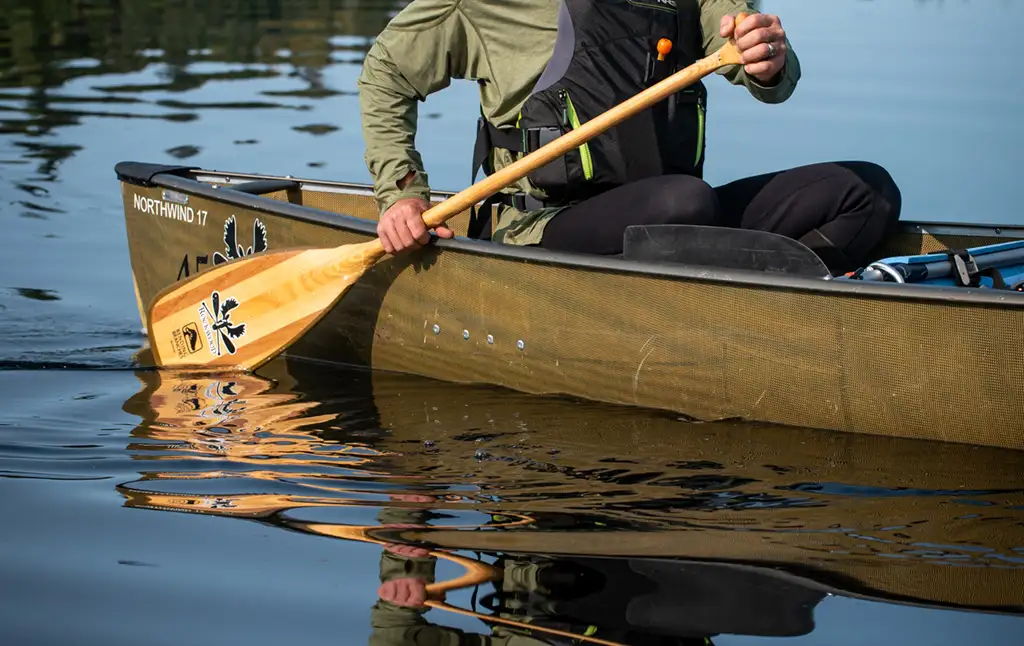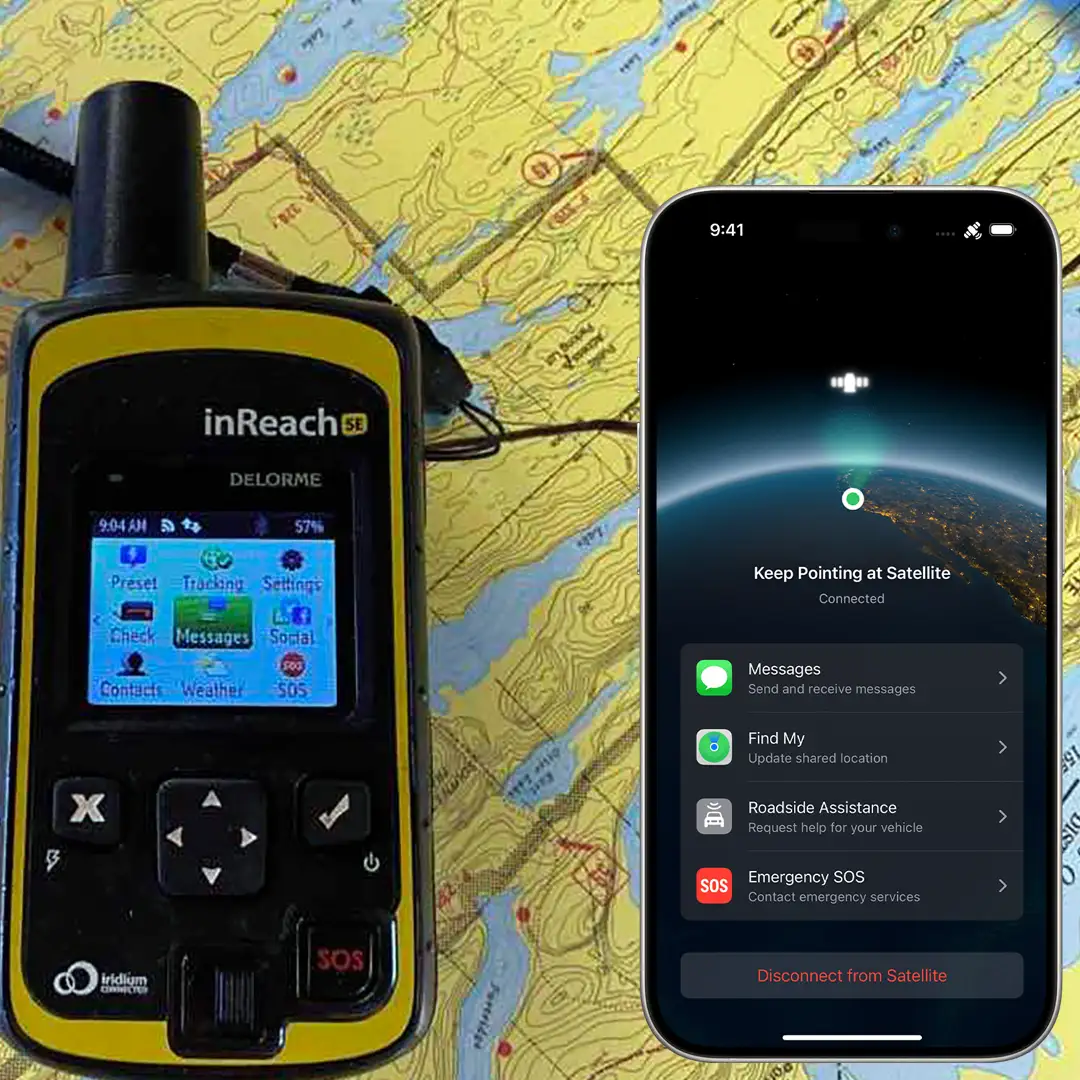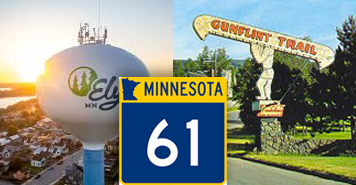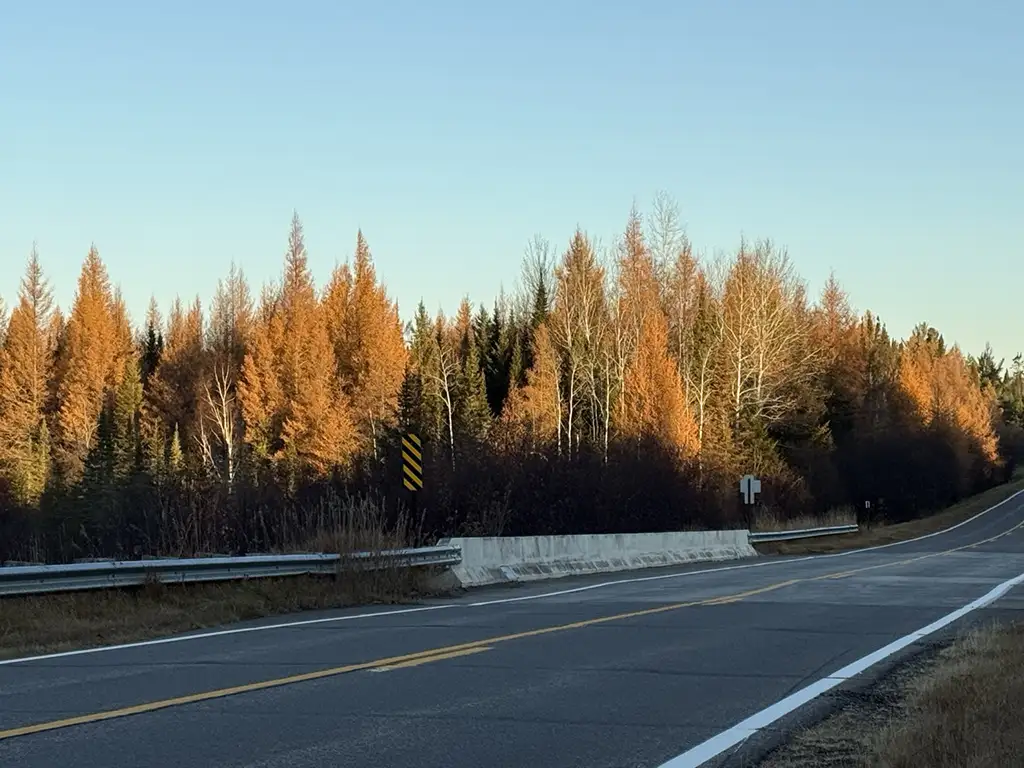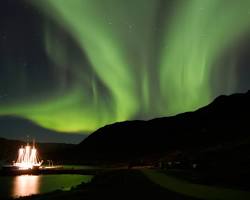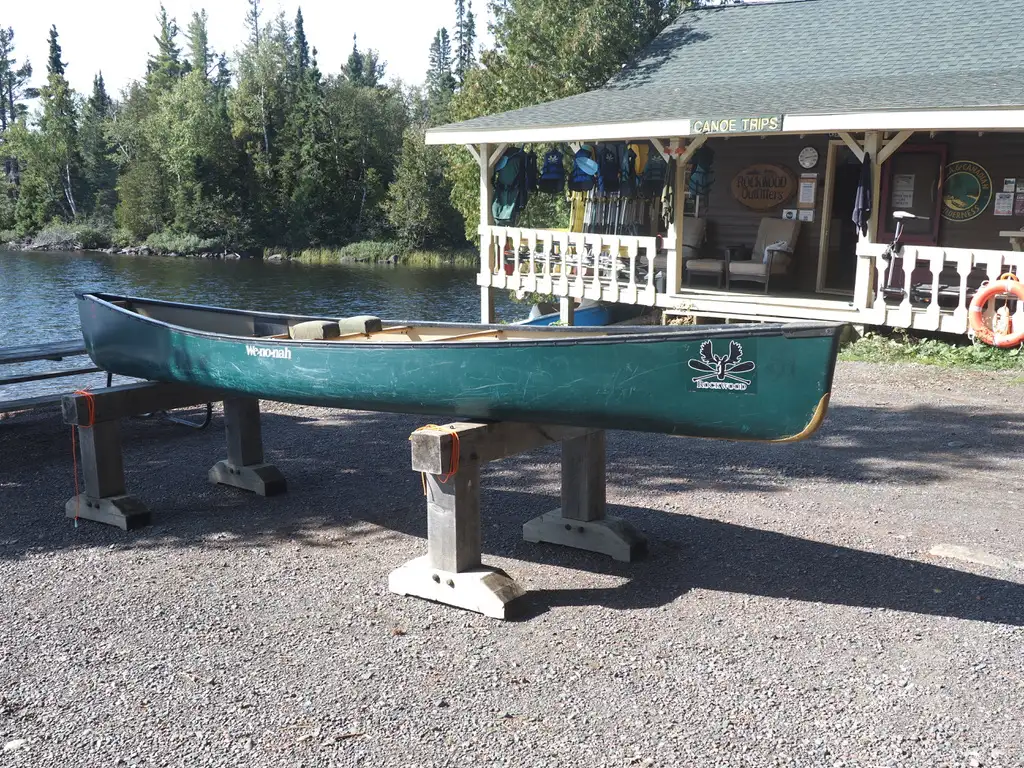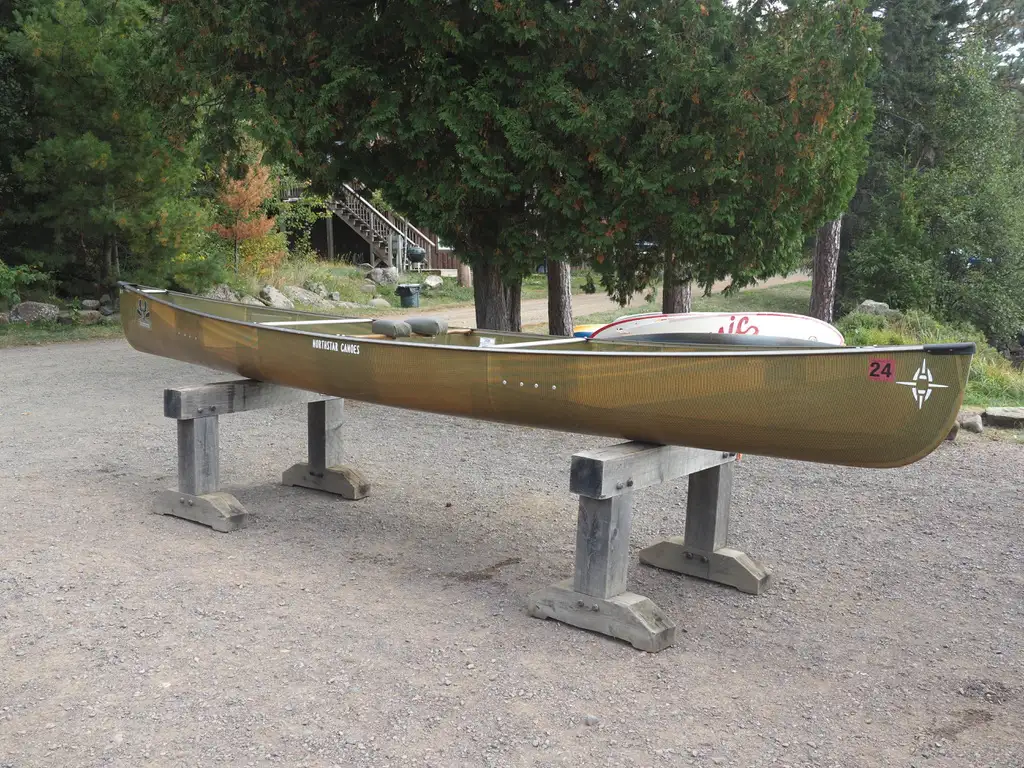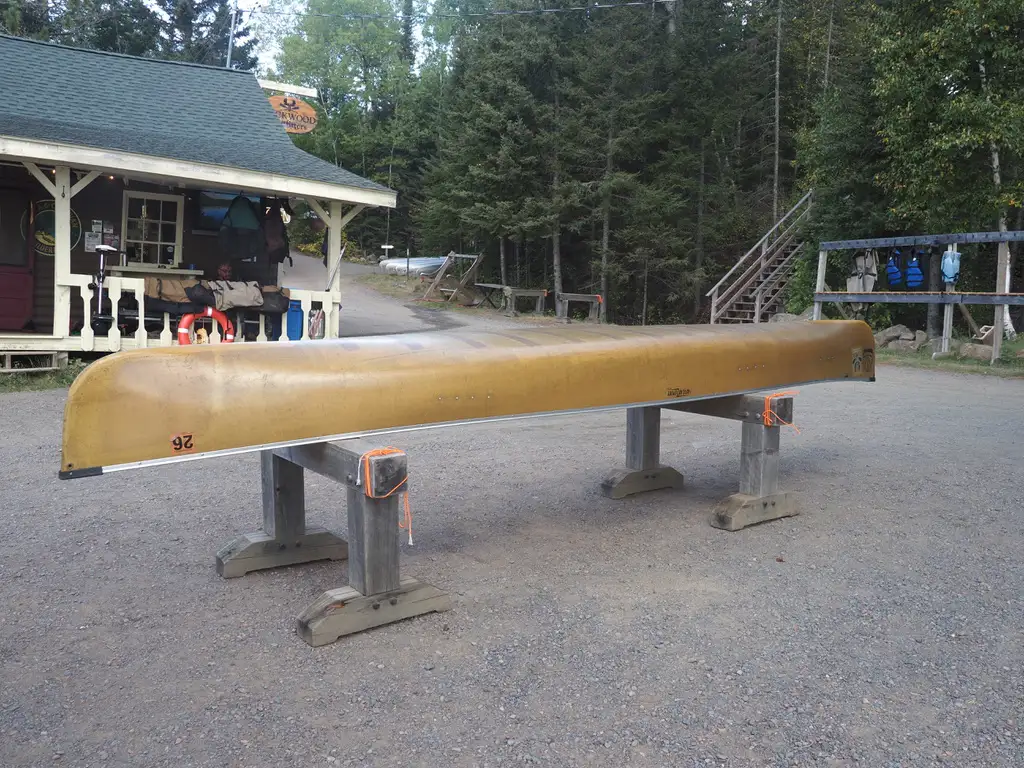Prevent Forest Fires: Ninety percent of wildfires in Minnesota are human-caused

—
Last time, we wrote about the inherent danger of early and partial ice-out on the lakes in our portion of the BWCAW. This winter’s weather adds an even more profound danger for early-season wilderness adventurers: wildfires.
Long-time lovers of the BWCAW will remember the Ham Lake fire that raged in early May 2007. The historic fire’s origin was a wind-driven campfire on an island campsite on Ham Lake that Stephen Posniak occupied on this, his 27th wilderness trip. Over the next two weeks, the fire he started burnt 75,000 acres in the Superior National Forest and destroyed 144 buildings.
If you haven’t read it yet, Gunflint Burning by Gary J Griffith is a fine piece of wilderness journalism and shows the devastation that wildfire brings to the Gunflint Trail.
According to the USFS, Wildland fire activity occurs earlier in the spring, lasts longer into the fall, and is more intense, difficult to control, and extensive.
In Minnesota, the spring wildfire season starts in mid-March and continues until the end of May. Expert analysts with the Minnesota DNR report that the season is four to six weeks ahead of schedule this year. Warmer-than-average temperatures, little to no snowpack, and significant windy days have made it easier for fires to start and spread.
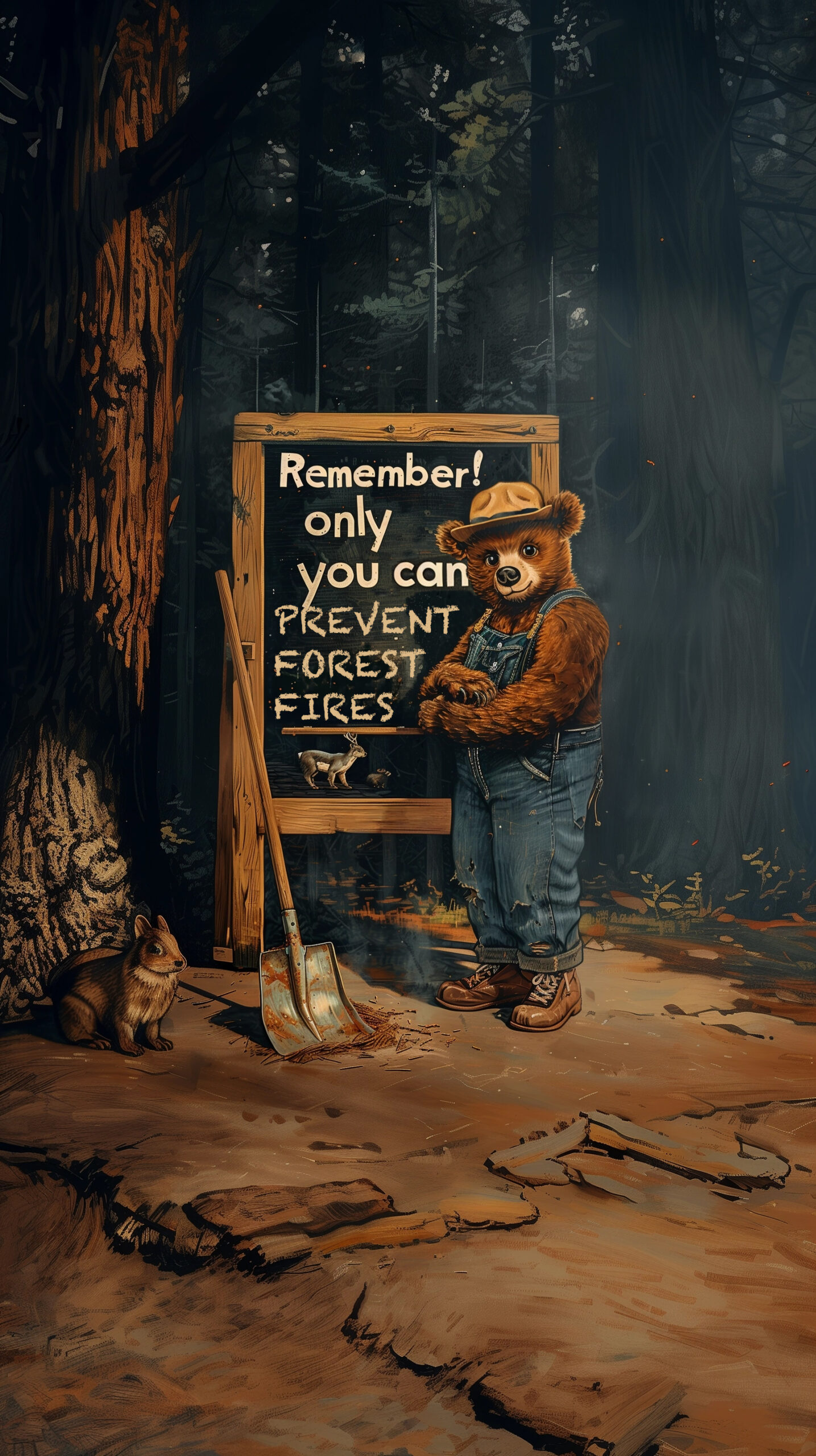
According to the 2023 Annual Report of the Minnesota Incident Command System (MNICS), “The official onset of Minnesota’s 2023 wildfire season occurred on April 10. The spring fire season trended well below average, though activity steadily increased throughout May.” The report reminds us that campfire and Class 3 burning restrictions were placed in the Arrowhead region from June 13 to July 3.
A USFS press release indicates that when any remaining snow melts this year, dead grass and leaves will quickly dry from the sun and wind, making ready fuel for fires to start and spread quickly. They state that 40% of Minnesota wildfires result from people burning debris.
“Ninety percent of wildfires in Minnesota are human-caused,” said Leanne Langenberg, MNICS’s Public Information Officer in Grand Rapids, MN.
In addition to burning brush and garbage piles, careless discarding of cigarettes, sparks from lawnmowers, chainsaws, and other outdoor activities can lead to fires that burn quickly out of control.
In a report recently released by MNICS, Travis Verdegan, Predictive Services Coordinator for the DNR Division of Forestry, Minnesota has a pronounced spring fire season that typically peaks in April and May. It started four to six weeks early this year. On March 10, Verdegan’s report said, there were a record-setting 34 fires on that day alone across the state.
On the afternoon of Tuesday, March 12, a fire was reported near the historic Split Rock Lighthouse. The fire was spotted near the Tram building staircase and burned toward Lake Superior.
Fire crews from Minnesota DNR, aided by the Lake County Sheriff’s office and the Silver Bay Fire Department, responded and contained the blaze after it burned over an acre. No structures were damaged or lost. Park personnel evacuated visitors from the lighthouse facilities, but they were open again the next day.
It was almost like an alarm reminding us of the danger this spring. It also brought out a chilling effect of fire onlookers and their drones.
A helicopter was called in to retrieve water from Lake Superior to drop on the fire. When it landed to refuel, DNR firefighters spotted an unauthorized drone flying where they were working, operated by a private party. The DNR helicopter remained grounded until firefighters confirmed the drone was no longer in the air.
“We are fortunate this time the drone was spotted before it collided with the helicopter,” said Darren Neuman, Aviation Manager with the Minnesota Department of Natural Resources. “Drone incursions are completely avoidable safety hazards that threaten the lives of everyone responding to the fire and nearby.”
Smoke-filled air limits visibility for firefighters and aircraft pilots. When a drone is spotted near a wildfire, all responding aircraft must land or return to the airport until the airspace is clear, delaying critical firefighting efforts.
The USFS offers some recommendations to help prevent forest fires:
- Even if you have a burn permit, weather conditions can change quickly. Never burn on dry, windy days, as these conditions cause fires to spread rapidly.
- Don’t dump sauna or woodstove ash with hot embers in the woods.
- Don’t light off fireworks or use matches carelessly.
- Never park a vehicle over tall, dry grass (vehicles cause more acreage burned than any other equipment).
- Install spark arrestors on outdoor equipment and recreational vehicles.
- Maintain recreational vehicles, trailers, and farm equipment to minimize the potential for sparks or other heat sources.
- Check for dragging chains before hauling campers or trailers. Dragging safety chains down the road can quickly make sparks, causing grass fires.
- Don’t throw your cigarette butt out the car window.
More recommendations from the USFS for BWCAW and SNF campfires:
- Even though a fire ban has yet to be in place, visitors should assess if they need a fire for their outdoor experience, especially on hot, dry, and windy days. Consider using a camp stove for cooking.
- Most wildfires are human-caused. If you must have a fire, remember these things:
- Prepare the fire area: campfires in the BWCAW and developed campgrounds on the SNF are only allowed in a designated fire grate or ring. Campfires in the general forest areas must avoid tall grass or other flammable vegetation. Use extra care to prevent the fire from escaping.
- Use wrist-sized dead and downed wood and keep fires small. Never cut live vegetation or peel birch bark.
- Have water near the fire to facilitate access if the fire starts to leave the fire grate or fire ring area.
- When you’re done with your fire, extinguish it completely by drowning it, stirring it, drowning it again, and feeling the fire area to ensure it’s entirely out.
- Never, ever leave a fire unattended. Leaving a fire without completely extinguishing it is prohibited.
Many people working at the USFS, MNICS, and Minnesota DNR collaborate daily to monitor weather conditions and wildfire risks in all corners of the state. As you plan your BWCAW adventure, especially this spring and early summer, check with those websites or your outfitter for the latest fire conditions and weather reports.
As Smokey the Bear says, “Only you can prevent forest fires.”

